AN INCOMPLETE HISTORY OF MEDIEVAL ART XVII: LOUIS IX AND THE CROWN OF LIÈGE
In 1239 Louis IX paid the enormous sum of 135,000 livres for a collection of Passion relics, including the Crown of Thorns, wood from the True Cross, and nails used to affix Christ to the cross. The relics, which had been in Constantinople since the 4th century, were sold to Louis by the Latin Emperor of Byzantium, Baudouin II, to fund the defense of the eastern empire against Muslim invaders, who had captured Jerusalem.
To house the most venerable relics in Christendom, Louis ordered the Sainte Chapelle to be built, in the heart of the royal palace, on the Ile de la Cité (the construction of which cost 40,000 livres—less than one third of the value of the relics). The chapel was, in effect, a monumental reliquary, and in its form and decoration, it closely resembles contemporary shrines and châsses. When the relics arrived in the royal domain, Louis himself carried them barefoot from Sens to Paris. The procession is depicted in the stained glass of the Sainte Chapelle, as is Christ wearing the Crown of Thorns.
Therefore, during the reign of Louis IX, crowns were both religious symbols as much as they were regalia. Christ was crowned the King of the Jews, and is now reigning over heaven, just as his agent on earth rules the realm.
The Crown of Liège not only alludes to relics in its form, it contains relics of the Crown of Thorns, the True Cross, the lance used to pierce Christ’s side and and several saints, given by Louis IX to the Dominicans of Liège in the 1260s. The nine relics were placed behind large, clear crystals, allowing them to see seen. Each crystal is surmounted by a Gothic pinnacle, a visual shorthand signifying sanctity. Angels bearings phylacteries, or speech scrolls that identify each of the relics (de ligno… - de corona Dû - Ioh Bapt. Mar. Magd. - de Martirib. - De virginib - De côfess. - De apostoli. - De lancea Dû). The form of the Crown of Liège therefore refers to the reliquary’s contents; to Christ’s kingship; and to the royal donor. The gold and precious stones, recall the description in Revelation of the Heavenly Jerusalem. The Mosan city of Liège was a metalworking center and the object was probably produced there, ordered either by Louis or the friars. The reliquary is dated to the decade during which the gift was made, 1260-70, at the end of Louis’ long reign. It was in the collection of the Prince of Saxony before it was acquired by the Louvre in 1947.
Louis IX died in 1270 near Tunis, while leading his second crusade to the Holy Land. This martyr’s death, combined with his well-known veneration of relics and support of the mendicant orders led to his canonization by Boniface VIII in 1297.
More info from the Louvre’s Département des Objets d’art : Moyen Age

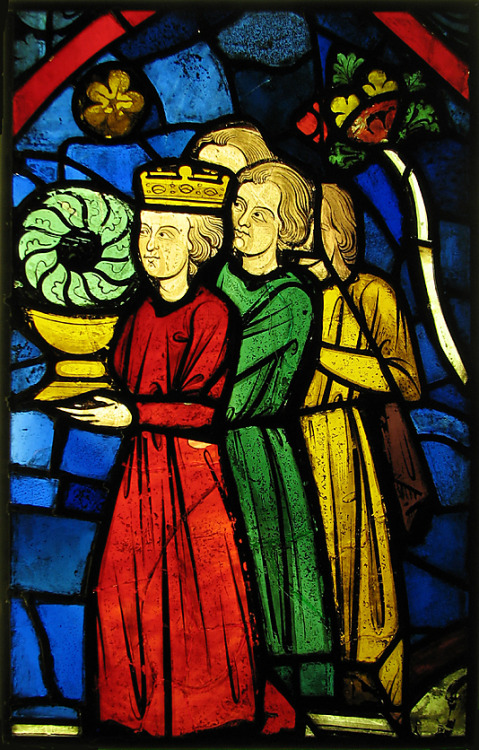

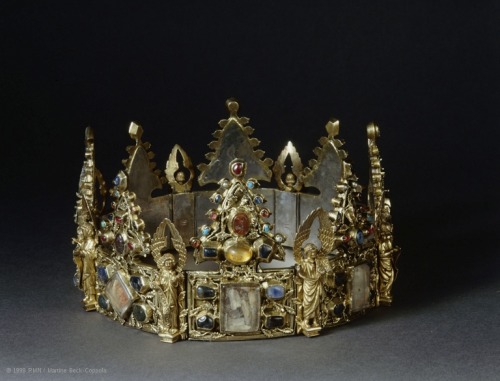
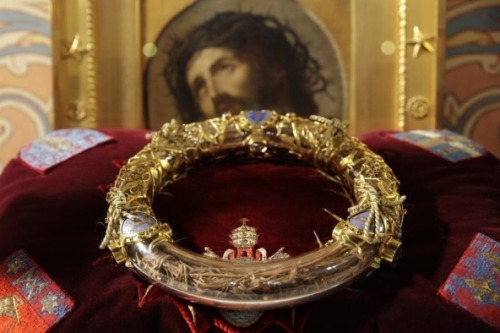

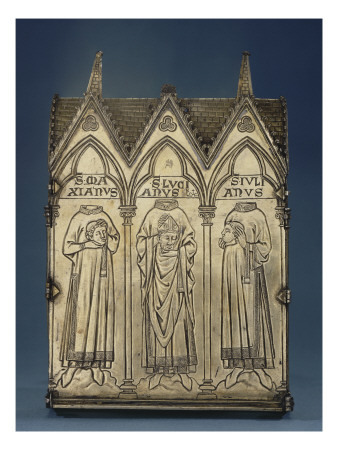


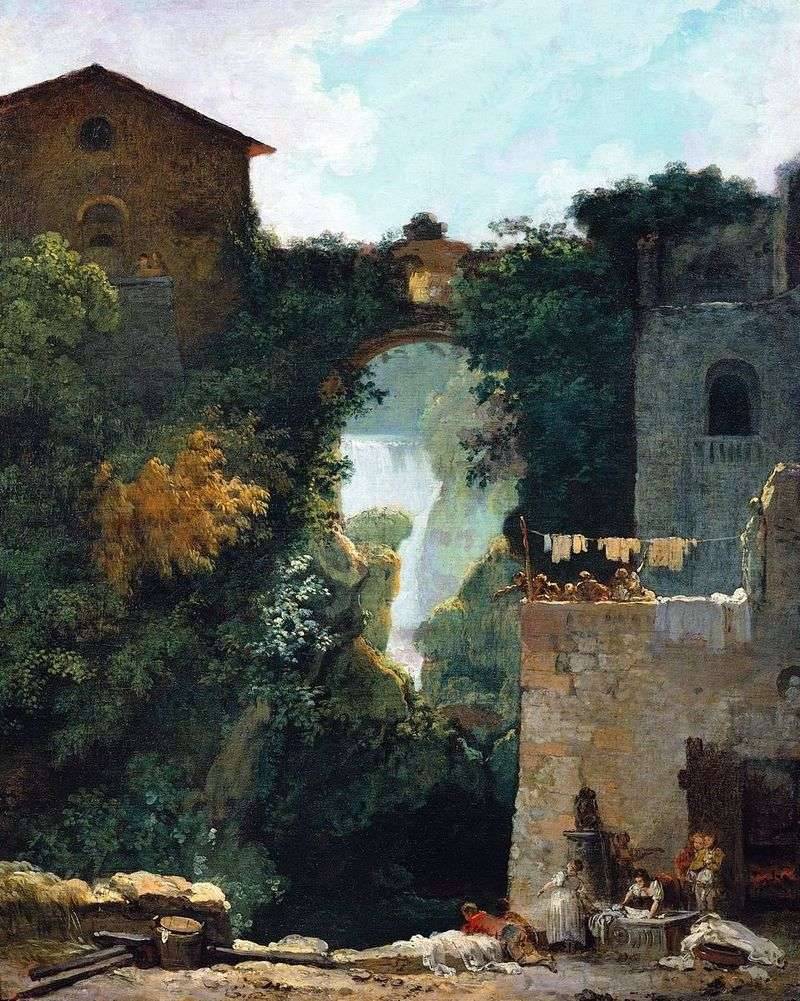

Find me on
hJ